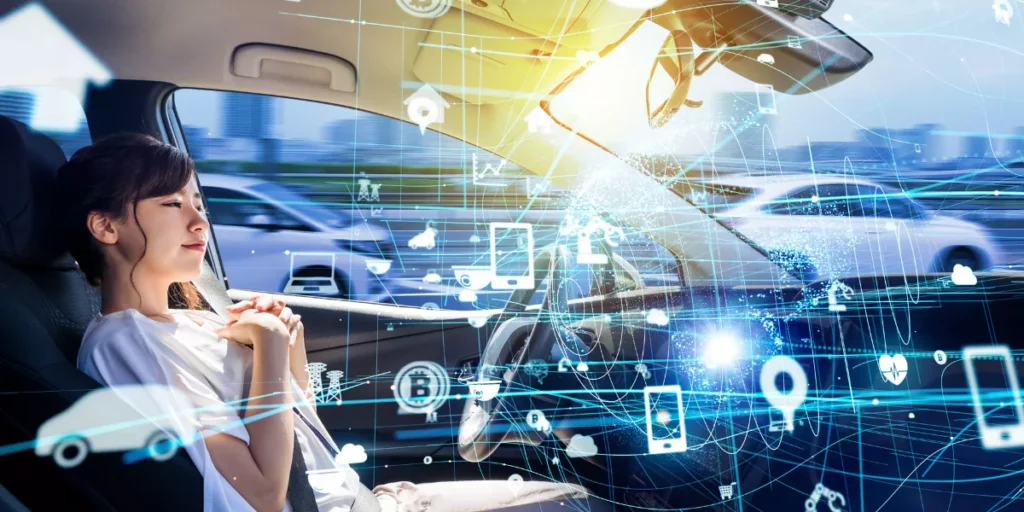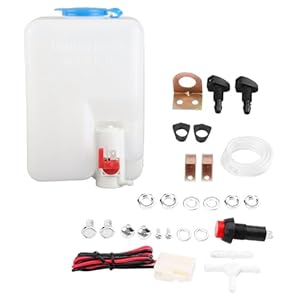
As you navigate the roads, have you ever pondered how in-car voice assistant technologies have evolved over time? From humble beginnings of basic voice commands to the integration of sophisticated natural language processing, these systems have come a long way. But what lies ahead for this technology? The future promises intriguing developments that could change the way we interact with our vehicles. Stay tuned to uncover how these advancements could reshape your driving experience in ways you might not have imagined.
Early Development of Voice Commands
In the early stages of voice assistant technology, developers pioneered the use of spoken commands to interact with in-car systems. This innovation marked a significant shift in how drivers could engage with their vehicles, offering a hands-free approach to control various functions. Initially, voice commands were limited to basic tasks like making calls or changing radio stations. However, as technology advanced, so did the capabilities of in-car voice assistants.
Early voice command systems required specific prompts and had limited vocabulary recognition. Users had to memorize precise phrases for each action, creating some frustration. Despite these challenges, the convenience of hands-free operation drove further advancements in the field. Developers worked tirelessly to improve voice recognition accuracy and expand the range of commands available to users.
As these systems evolved, they became more intuitive and user-friendly, allowing drivers to interact with their vehicles in a more natural way. The early development of voice commands laid the foundation for the sophisticated in-car voice assistant technologies available today, enhancing the driving experience through seamless integration of voice control.
Integration of Natural Language Processing
With the integration of Natural Language Processing, in-car voice assistant technologies have significantly enhanced their ability to understand and respond to human speech patterns. By utilizing advanced algorithms, these systems can analyze spoken language more effectively, allowing for more natural and intuitive interactions between drivers and their vehicles. Natural Language Processing enables voice assistants to comprehend context, decipher accents, and interpret colloquial language, leading to a smoother and more efficient user experience.
This integration has revolutionized the way drivers interact with their vehicles, making tasks such as setting navigation routes, adjusting climate controls, or selecting music as simple as having a conversation. The technology’s ability to process complex commands and provide accurate responses in real-time has greatly increased user satisfaction and overall usability.
Furthermore, the continuous improvement in Natural Language Processing algorithms ensures that in-car voice assistants will only become more adept at understanding diverse speech patterns and delivering personalized assistance to drivers. As this technology evolves, the future holds even more seamless and intuitive interactions between humans and their vehicles.
Advancements in AI Technology
Advancements in AI technology have propelled in-car voice assistant systems to a new level of sophistication and functionality. AI algorithms have become more adept at understanding natural language, allowing for smoother interactions between drivers and their vehicles. These advancements have led to more accurate speech recognition, enabling drivers to control various car functions with voice commands more effectively.
Machine learning techniques have played a significant role in enhancing the intelligence of in-car voice assistants. By analyzing vast amounts of data, AI systems can now anticipate user needs and provide proactive assistance. This proactive approach not only improves user experience but also enhances safety on the road by reducing distractions.
Moreover, advancements in AI have enabled in-car voice assistants to integrate with other smart devices seamlessly. From adjusting home thermostats to adding items to shopping lists, these voice assistants can now perform a wide range of tasks beyond just vehicle-related functions. As AI technology continues to evolve, the possibilities for in-car voice assistant systems are boundless, promising even greater convenience and connectivity for drivers.
Future Trends and Innovations
As we look ahead to the future of in-car voice assistant technologies, emerging trends and innovations are reshaping the driving experience. One key trend on the horizon is the integration of emotion recognition technology into voice assistants. This advancement will enable the system to understand the driver’s mood and tailor responses accordingly, providing a more personalized and empathetic interaction.
Furthermore, enhanced natural language processing capabilities will allow for more complex and nuanced conversations with voice assistants. Drivers will be able to engage in seamless dialogue, asking follow-up questions and giving more detailed commands without the need for repetitive prompts.
Another exciting development is the integration of biometric authentication features. Voice assistants will be able to recognize individual users by their voice patterns, adding an extra layer of security and personalization to the driving experience.
Automotive & Tools














